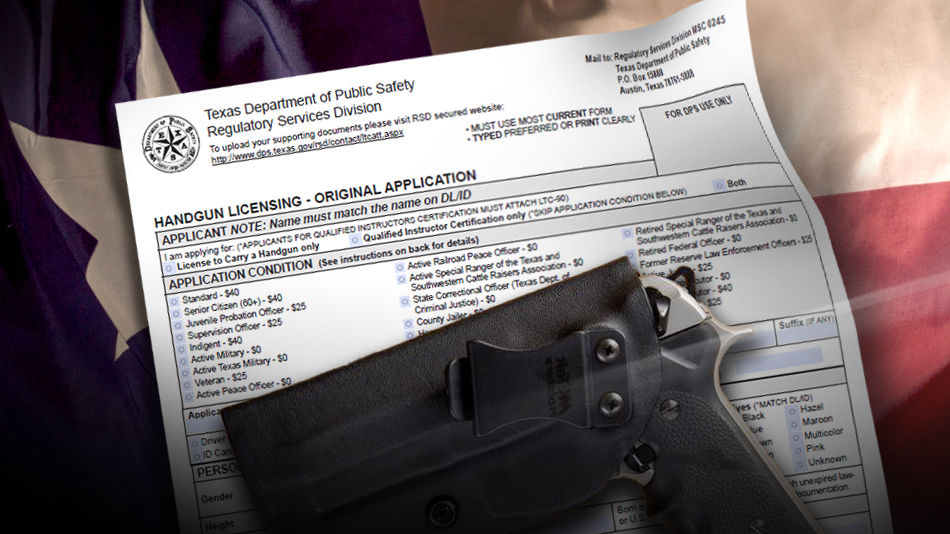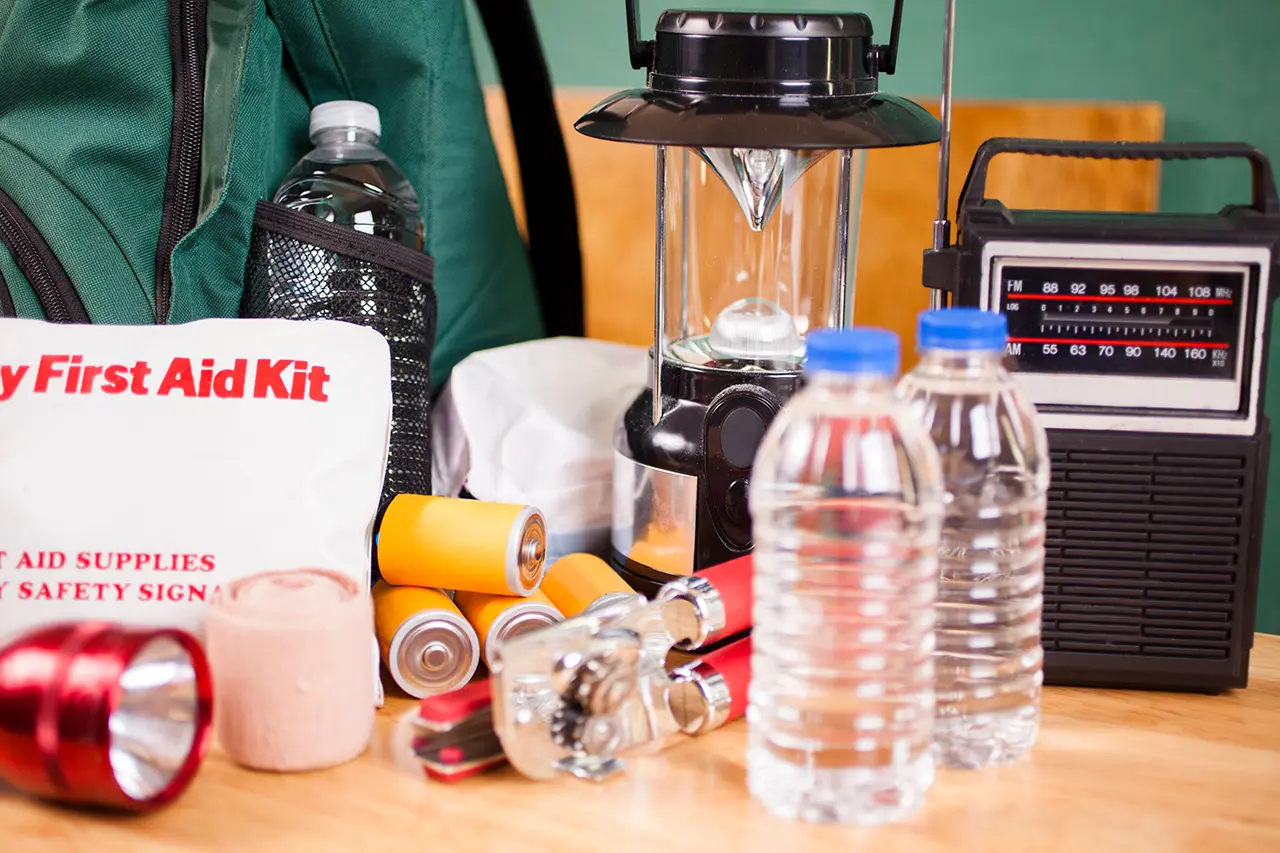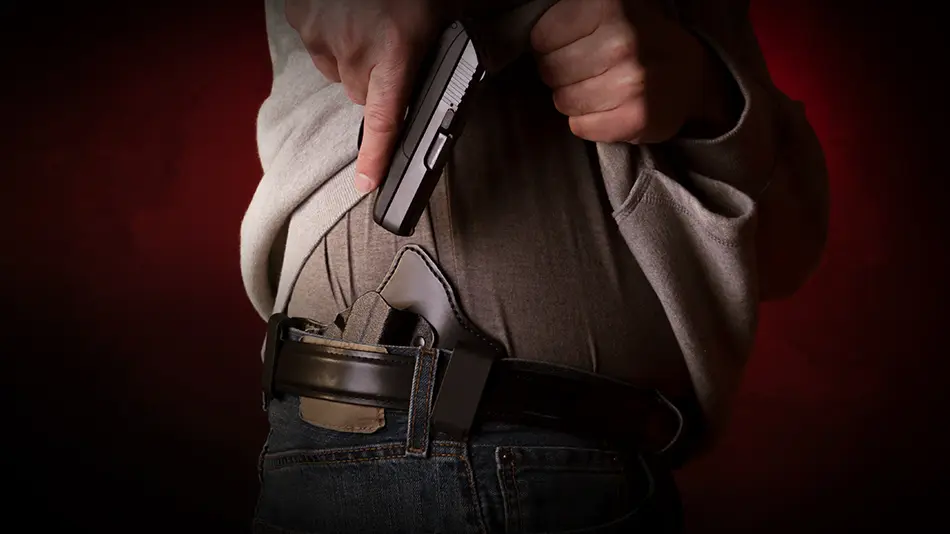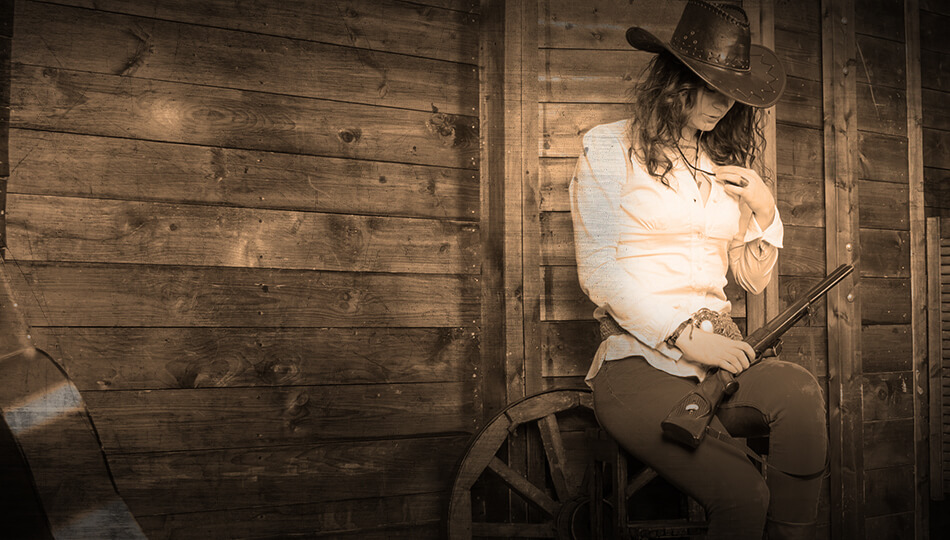
Now that the Firearms Carry Act of 2021—HB 1927, also known as Texas Constitutional Carry—passed, carrying guns without a Texas License to Carry (“LTC”) is becoming reality. If you’re wondering what that means for your existing LTC or if you should bother getting an LTC at all, the short answer is yes, an LTC is good to have. Read on for details about Texas Constitutional Carry, how to get your LTC, and why it’s such a great idea to have a license in the first place.
What Is the Texas License to Carry?
The Texas LTC is the permit that was required to carry a firearm, concealed or openly, until HB 1927 passed—and until HB 1927 becomes law on September 1, 2021, you still need one. Once HB 1927 goes into effect, people legally allowed to own and carry firearms will be able to carry their guns without a permit in Texas—to a point. This is where having your LTC comes in handy. The new law doesn’t allow you to carry anywhere and everywhere. That means if you want extra freedom in where you can carry—including in other states—you’ll definitely need an LTC.
Getting your LTC is easy as long as you meet the state requirements. Basically, as long as you are legally allowed to own a firearm under state or federal law, you take a short course taught by a state-licensed LTC instructor and do some paperwork. The course includes classroom and range hours. Classroom hours can be taken virtually instead of in person as long as they meet the state-mandated minimum of four hours. The virtual class is simple and straightforward and involves a series of videos and a 25-question test at the end. Whether you want to take it virtually or in person, there are a lot of U.S. LawShield-affiliated ranges where you can take the class, and you can see a list of these ranges on the Member Perks portion of our website.
Once you spend time on the classroom part of the course, you can move on to range time. A minimum of one hour of range time, ending with a live-fire test, is required by the State of Texas. Think of it as getting extra “trigger time” with a chance for some pointers from a firearms instructor. You need 50 rounds of ammunition (worth up to 5 points apiece) for the test and must score a minimum of a 70% score to pass. For those who are curious about it, other details include:
- A B-27 target (silhouette target measuring 45 inches high and 24 inches wide)
- 250 possible points, 175 points minimum to pass
- All shots are fired from the ready position, meaning there is no holster use
- Shots are fired from three distances: 3 yards, 7 yards, and 15 yards
The cost for the course can vary by instructor and is separate from the fee you pay to the state to process your LTC. At the time of this writing, the processing fee the state charges is only $40.
What Happens After You Pass the Tests?
After you pass the written and live-fire tests, you can fill out the application. Of course, the State of Texas needs a few things from you to get the paperwork done:
- Valid driver’s license or identification card
- Current demographic, address, contact, and employment information
- Residential and employment information for the last five years (new applicants only)
- Information regarding any psychiatric, drug, alcohol, or criminal history
- Valid email address
- Valid credit card
- Fingerprints
- FBI criminal history background check
You can find the application and related information on the Texas DPS website. Fingerprinting is a simple process and good to complete anyway (there are benefits to having your prints on file). Fingerprinting is done by appointment, and you can find fingerprinting services locations at www.identogo.com. The State of Texas has up to eight weeks to process your application and all the paperwork that goes with it. If they don’t get back to you in that time, you can submit a query to check on it.
The process to obtain an LTC might sound overwhelming, but it’s easy and well worth the time. A major benefit of having an LTC means purchasing firearms from a Federal Firearms Licensee (“FFL”) is a smoother transaction because you’ve already had a background check. You can also carry your gun in places and states you wouldn’t be allowed to carry in without an LTC.
Enjoying this content? Find out how you can get more sent straight to your inbox.
Where Can You Carry with a Texas LTC?
There are places you can carry your firearm only if you have a valid Texas LTC; if you don’t have an LTC and are carrying under HB 1927, you won’t be allowed to carry in some areas. This is just one reason you still want your LTC, even with HB 1927 passing. Without your LTC, you’ll still be restricted from certain locations, including:
- On school premises, such as locked in your car or on your person while you’re driving down a side street within 1,000 feet of the school. Without an LTC, you cannot have your firearm within 1,000 feet of a public, parochial, or private school. Of course, even with an LTC, you cannot carry inside the school without the school’s written regulation allowing it or with written authorization from the school.
- On the Lower Colorado River Authority property in Central Texas.
- In a restaurant, with a restaurant being defined by law as obtaining 50% or less of its revenue from alcoholic beverage sales. Restaurant signs do not have a red 51% on them, and if they include the word “unlicensed” in reference to who can’t carry there, they’re letting you know Texas LTC holders can still carry on the premises. LTC holders are licensed.
Will 30.06 and 30.07 Signs Prohibiting Carry Still Be Posted?
Yes, the 30.06 and 30.07 signs prohibiting LTC holders to carry in a business will still be posted and in effect. HB 1927 passing does nothing to change the legal nature of those signs. Things you should know about signs, your LTC, and HB 1927:
- Penal Code Chapter 30.05 signs will be used by businesses choosing to prohibit unlicensed people from carrying firearms in their places of business. HB 1927 does not allow you to carry in businesses with a properly posted 30.05 notice.
- Businesses will continue to post 30.06 and/or 30.07 prohibiting Texas LTC holders from carrying concealed (30.06) or openly (30.07) in their place of business.
- The Texas Alcoholic Beverages Commission states businesses that qualify as bars—meaning they receive 51% or more of their income from sales of alcoholic beverages for consumption on the premises—must post a sign notifying customers of their 51% status. This is known as a Weapons Warning Sign but is sometimes referred to as a 51% sign. Neither your LTC nor HB 1927 allow you to carry a firearm in a bar.
Are There Other Benefits to Having Your Texas LTC?
One of the best reasons to have a valid Texas LTC, aside from the ability to carry in additional places within the State of Texas, is reciprocity. Reciprocity refers to the other states’ agreements to recognize and honor your Texas LTC. Not all states offer reciprocity, but those that do will let you carry your firearm while you’re in that state as long as you have a valid Texas LTC. As with carrying in any county or state, be sure you are familiar with the area’s specific laws and regulations before entering the area with your firearm. Ignorance of the law is never an excuse.
Having your Texas LTC is a good idea, even with the passing of HB 1927. Not only does it provide additional areas where you can carry as well as reciprocity with a lot of states, it also shows law enforcement you’ve taken some steps to further your firearms education. That’s always a good thing.
To join U.S. LawShield and enjoy membership benefits, click here.
Your Protection Starts Here!
The information provided in this publication is intended to provide general information to individuals and is not legal advice. The information included in this publication may not be quoted or referred to in any other publication without the prior written consent of U.S. LawShield, to be given or withheld at our discretion. The information is not a substitute for, and does not replace the advice or representation of a licensed attorney. We strive to ensure the information included in this publication is accurate and current, however, no claim is made to the accuracy of the information and we are not responsible for any consequences that may result from the use of information in this publication. The use of this publication does not create an attorney-client relationship between U.S. LawShield, any independent program attorney, and any individual.





Thank you for the information between the LTC and HB 1927.
Can we still purchase firearms if we have a LTC without a background check?
I was convicted of 2 felonies in 1975 in California. I appeared in court in the same jurisdiction as the felonies in the year 2000 and they were reduced to misdemeanors. They were nonviolent felonies and I have not had any issues with the law since. I have lived in Texas for two years.Can I apply for and receive a Texas carry permit? In filing, do I only have to reveal the misdemeanors, or do I have to reveal that they were originally felonies.